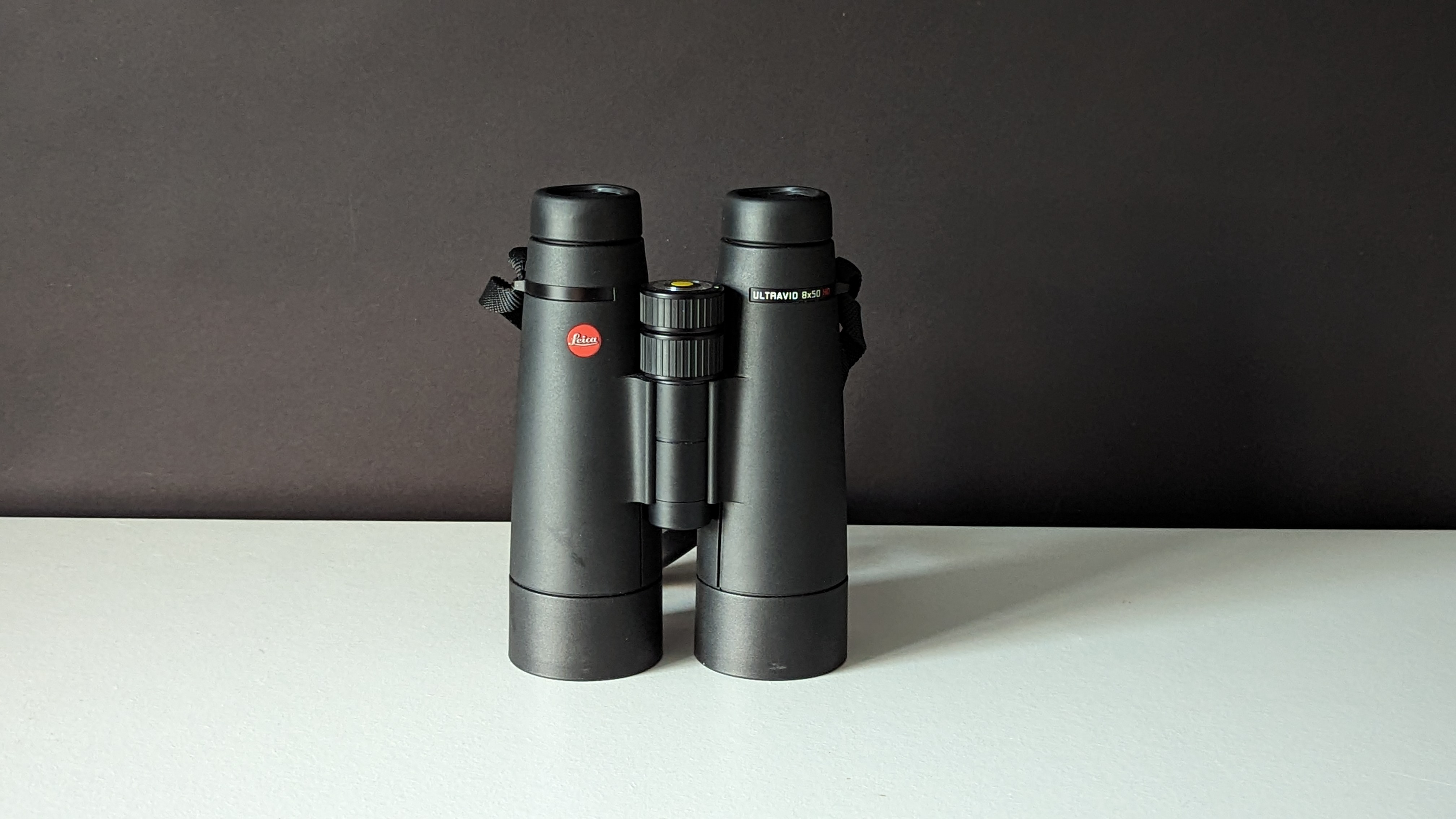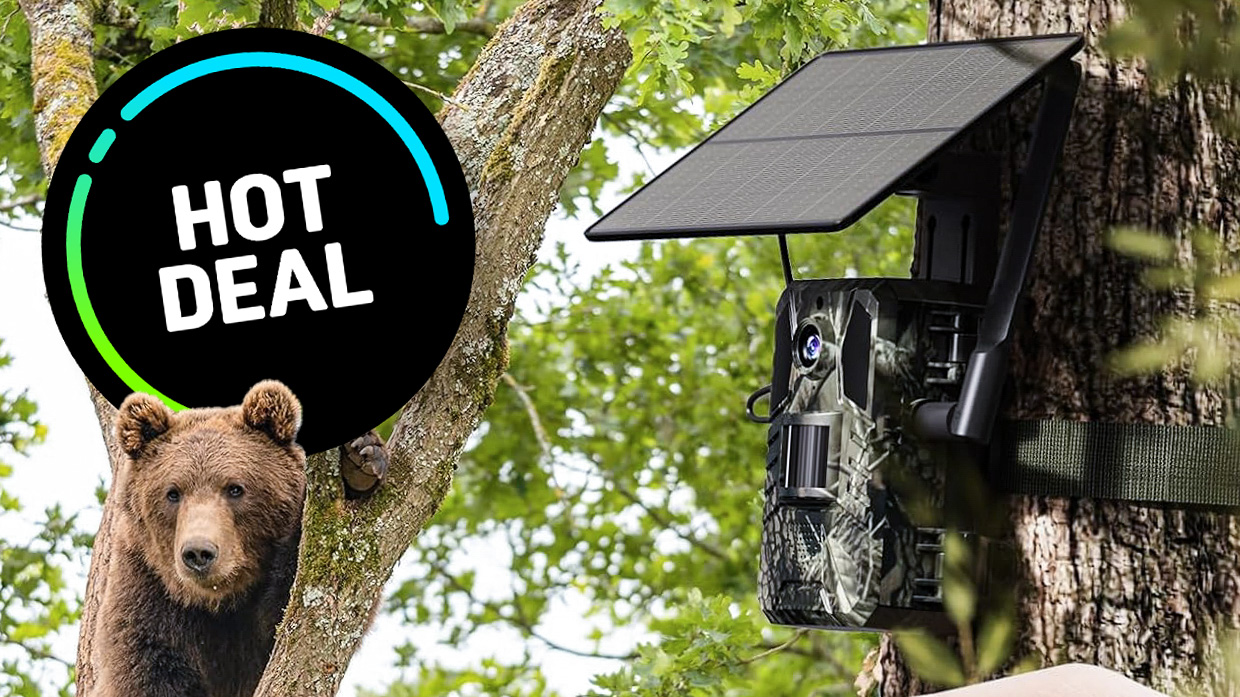Digital Camera World Verdict
Not for the faint of heart, these Leica binoculars are large and weighty but are not bulky in any way. Generous 50mm objective lenses drink in light which benefits low light observing.
Pros
- +
Good for observing in twilight
- +
Sharpness in spades
- +
Waterproof up to 5m
- +
Focus wheel contains locking diopter
Cons
- -
Heavy and large
- -
Minor vignetting around edges
- -
Hard on the wallet
Why you can trust Digital Camera World
The Ultravid 8x50 HD-Plus reviewed here are also available in seven other model variants: 8 and 10x32, 7, 8 and 10x42 and 10 and 12x50 options. The 8x50 model that we've tested are best suited to wide-field observing due to the 8x magnification, so groups of birds or larger night sky constellations and close-up aviation shows are easier to see in detail.
Design: Roof prism
Magnification: 8x (10 and 12x also available)
Objective lens aperture: 50mm
Angle of view: 6.6 degrees (115 m / 1000 m)
Eye relief: 17 mm
Weight: 1.01 kg
Dimensions: 120 x 68 x 182 mm
The 50mm objective lenses are wider than most generalist binoculars and so therefore allow more light to pass through to the observer. This aids low light observations and keeps users viewing for longer into the twilight hours.
Overall, we were very impressed with the superb sharpness across the field of view and spotted no chromatic aberration on subjects. Of course, they felt a little heavy in the hand (just tipping the scales at over 1 kg) but due to their sleek design they did not feel or look bulky.
Eye relief of 17mm is good also, so spectacles wearers can use the Ultravids without the need of taking off their eyeglasses. There were a few areas that we felt could've been improved or changed but feel confident that any owner of a pair of these Ultravids will not be disappointed and even might be happily surprised to learn of a fantastic in-built feature.
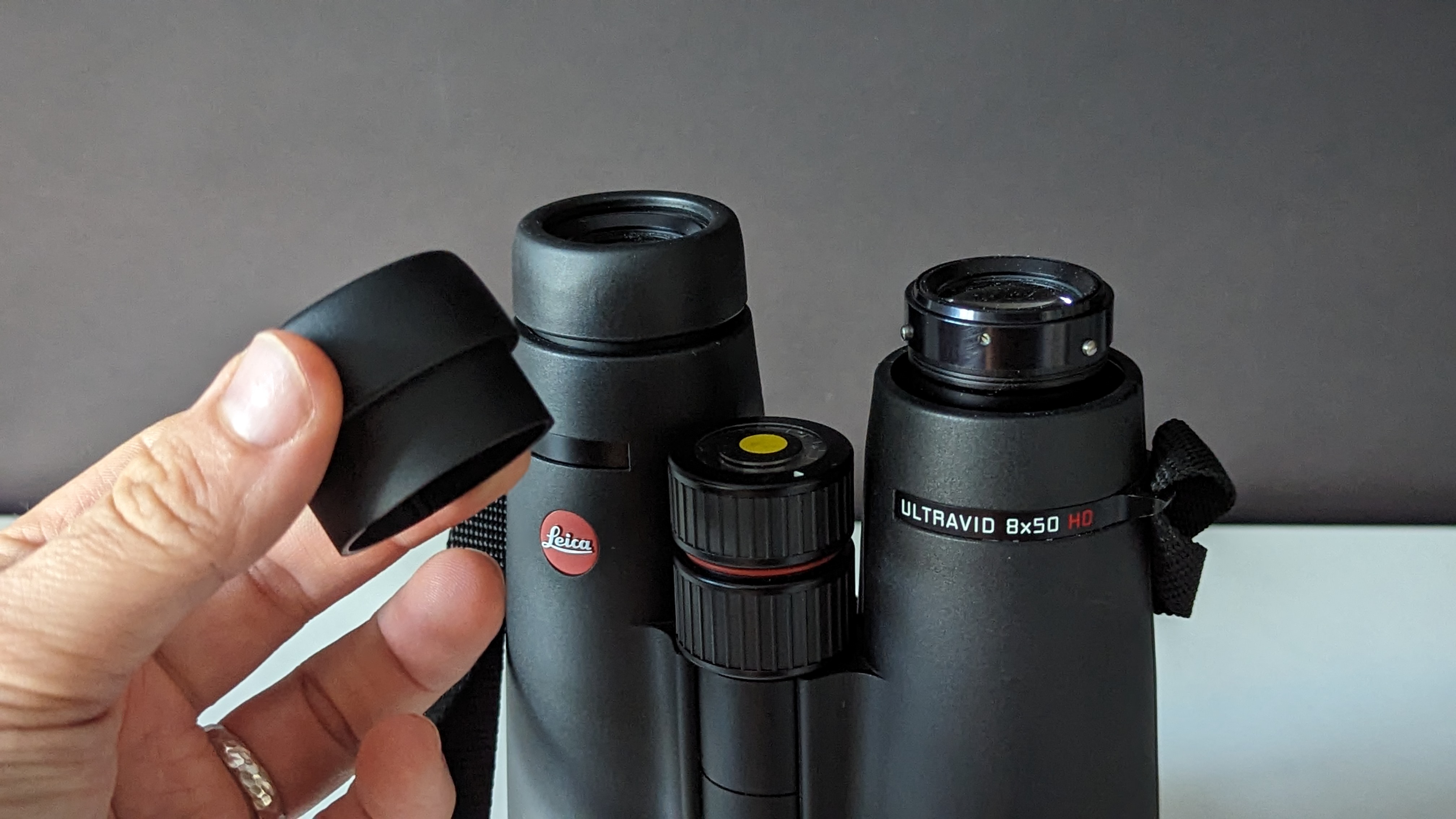
Leica Ultravid 8x50 HD-Plus: Build & Handling
At 1,010g (2.2 lbs) these aren't the lightest binoculars we've ever tested, but nor are they the heaviest (some Celestron SkyMasters designed for night sky observing weigh-in at more than twice this). After a day of observing with the binoculars slung around our neck we did feel the strain but their design was elegant.
A smooth shoulder line all the way down from the eyepieces to the objectives sees the Ultravids striking a single piece of rubber armouring to protect the magnesium construction. This makes them easy to handle and the finish around the eyepieces are second to none.
The eyepieces are adjustable and with a few clicks and a small tug we were able to detach the eyepiece cups from the assembly which made it much easier for us to clean the glass when observing in inclement weather.
In fact, the fluoride lenses are made from glass that has HDC multicoating and Leica AquaDura lens coatings applied for a more durable finish for improved performance in the field. Observing in a rain shower we noticed that the glass did not smear when we went to clear them.
We particularly liked the layout of the grips on these binoculars with a prominent ridge nearer the eyepieces that we found prevented our hands slipping down the assembly. Considering it is 18cm long and weighs as much as a bag of sugar this was a necessity.
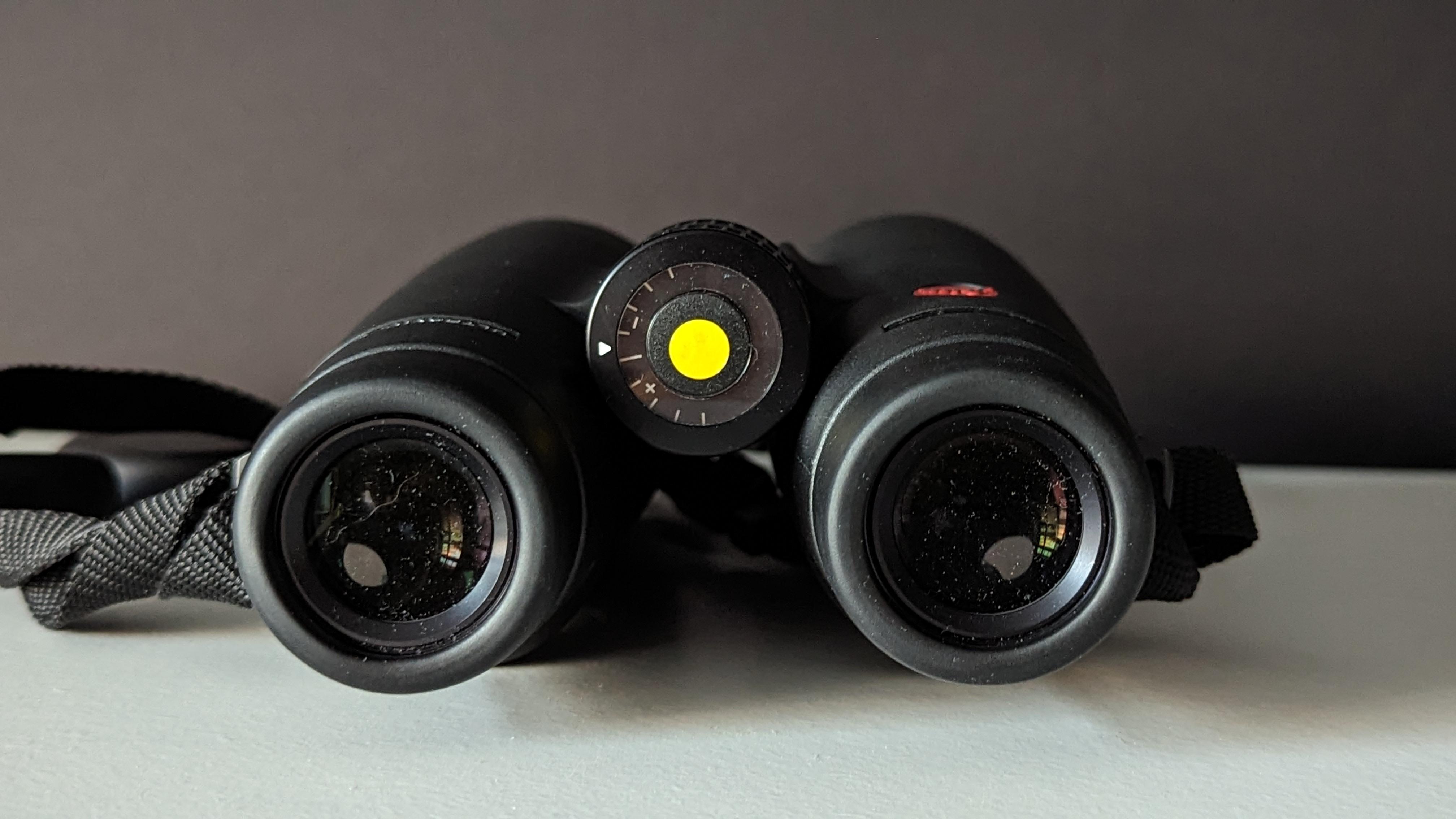
Leica Ultravid 8x50 HD-Plus: Performance
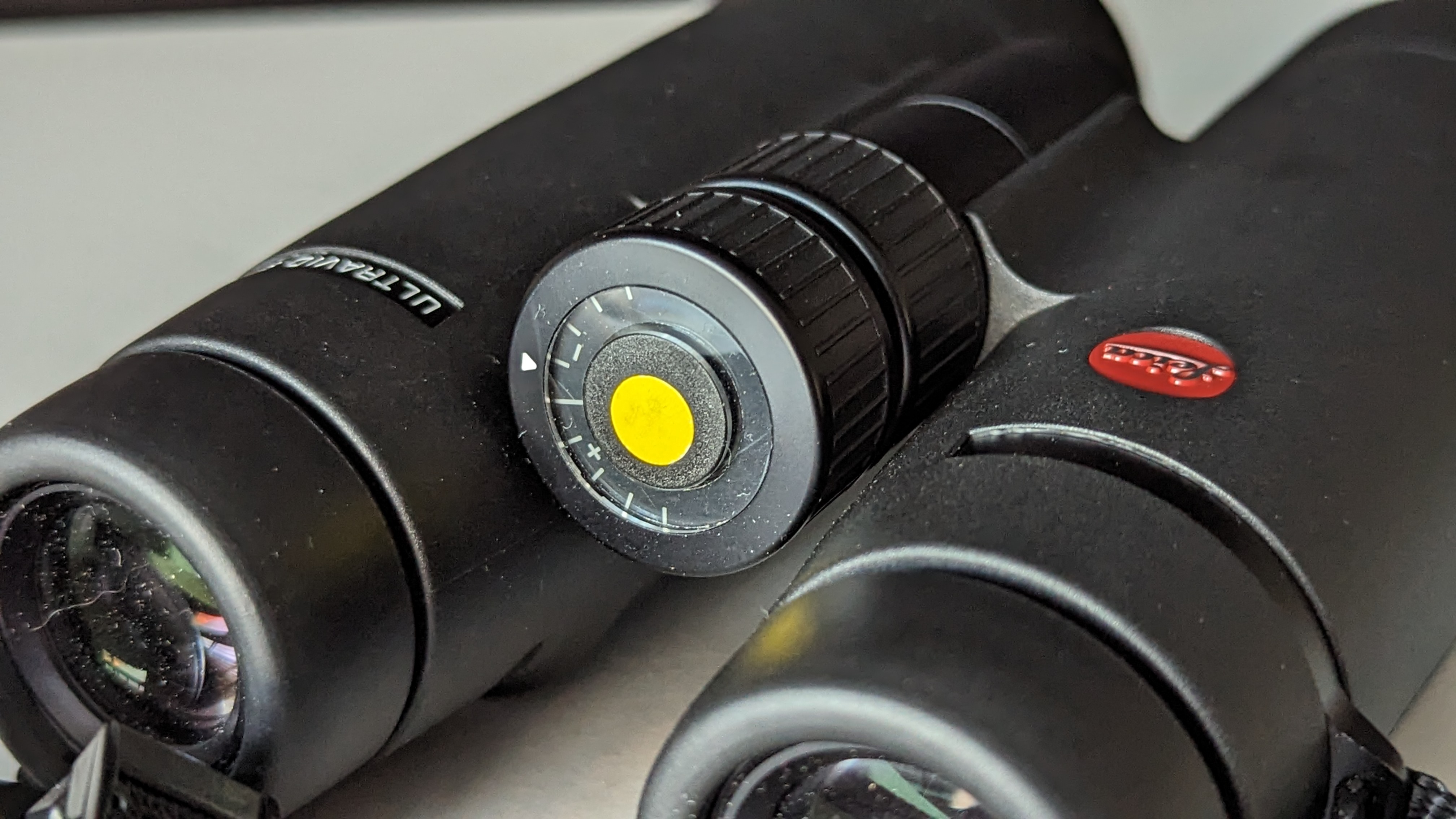
We particularly liked the bright views brought about by the 50mm objective lenses. Pairing that with an exit pupil of 6.2mm it didn't feel cramped looking through them like so many other binoculars do even with larger objectives. This extra light-gathering capability saw us using them well into twilight to spot owls and other nocturnal and crepuscular animals.
The Ultravids are nitrogen-filled and as such we found no problem with internal fogging when moving between the warm surroundings of our home or car and the colder winter weather outside. Waterproofing up to 5m wasn't tested through submerging but there was no issue with this when we took them out during intermittent showers.
The roof prisms have a HighLux-System (HLS) and phase-correcting P40 coating to enhance light transmission and clarity. This provided us with good contrast on subjects and were able to discern even the dimmest plumage against the murkiest and most shaded hedgerows and reed beds on overcast days.
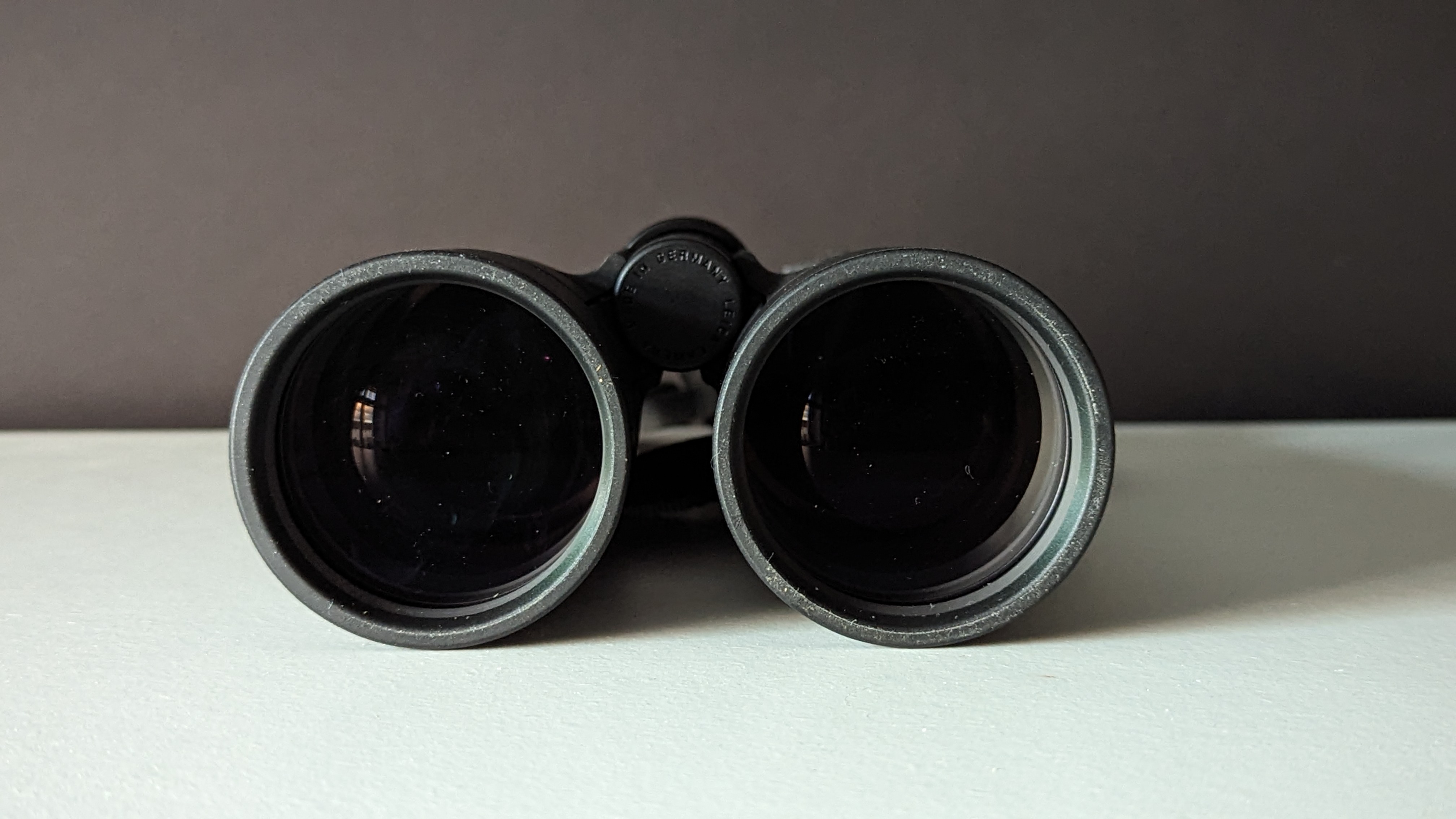
The Ultravid 8x50 HD-Plus binoculars share some lineage with Leica's Noctivid line because they also have SCHOTT HT (High Transmission) glass inside. Twisting adjustable eye cups are also featured and the eye relief is some of the most generous we've tested on Leica binoculars. But there is a vignetting problem which is important to mention.
When the eyecups were fully extended we did spot some darkening around the edge of the image circle. This vignetting only occurred when holding the binoculars close to the eyes and upon moving them further away this problem was almost fully eliminated. It could be an issue that others with a similar face shape or eye set so it's important to bear in mind and we'd recommend trying them out in a shop or at a show/event first if you're looking to purchase the Ultravids. We'd hate for readers to spend a few thousand pounds only to find this issue after-the-fact.
However, there was no chromatic aberration or color fringing of any kind. Dark undersides of planes as they soared above us in a bright overcast sky gave no distortions whatsoever, nor did observing the full moon late at night.
The feature that excites us the most in these Ultravids is the locking dioptre ring. Not all binoculars have a locking diopter (the ring that allows focus to be drawn accurately on one eyepiece — usually the right) but almost every other binocular we've tested with one that locks features this setting just below the eyepiece itself.
Instead, Leica have cleverly integrated the mechanism into the central focus wheel that sits over the hinge. By pulling back on the focus wheel the mechanism splits and allows for focusing until it's pressed back together. At this point the focus wheel once again focuses both eyepieces simultaneously. This might not sound like much, but it allows for one-handed focusing of both eyepieces and allows for it to be done quickly. This clutch-like mechanism is fantastic and we wish all binoculars featured it.
Leica Ultravid 8x50 HD-Plus: Verdict
Would we recommend the Leica Ultravid 8x50 HD-Plus binoculars? Undoubtedly. For their sharpness, contrast and light-gathering prowess they can hardly be beaten. A small problem with vignetting which may be down to face-shape as much as anything else is their only downfall. That, and they are a little heavier and longer than a more generalist 10x42 binocular.
However, the beautiful design and clever focus wheel diopter focus adjustment makes these binoculars a must-have. That is, if you can afford to spend close to £2500 on them.

Alternatives
The only other pair of binoculars that equal the Leica's sharpness and contrast performance that we have tested are the Nikon Monarch 10x42 which we've previously reviewed. For less than half the price they're still not cheap and their design is a little clunkier than the Leica's, but they are superbly sharp and also feature a locking diopter.
Keeping the 50mm objective lenses in mind for low light observing we would recommend the Nikon 10x50 Aculon A211 binoculars. Better still, they are less than 10% of the price of the Leicas and provide good value for money with their porro prism design.
Jase Parnell-Brookes is an award-winning photographer, educator and writer based in the UK. They won the Gold Prize award in the Nikon Photo Contest 2018/19 and was named Digital Photographer of the Year in 2014. After completing their Masters Jase has spent a good chunk of two decades studying and working in photography and optics shooting and writing all over the world for big-name brands and media outlets. Now the Channel Editor for Cameras and Skywatching at Space.com their speciality is in low light optics and camera systems.
